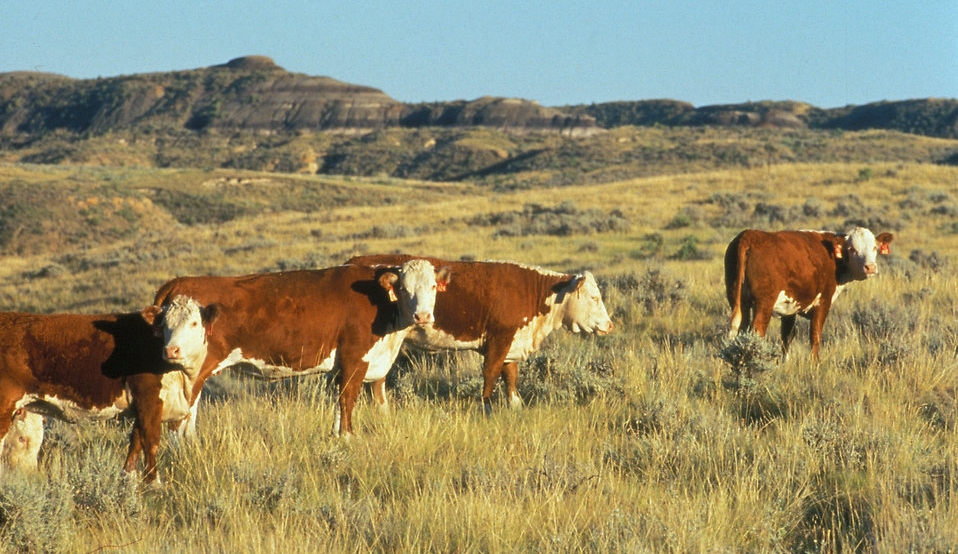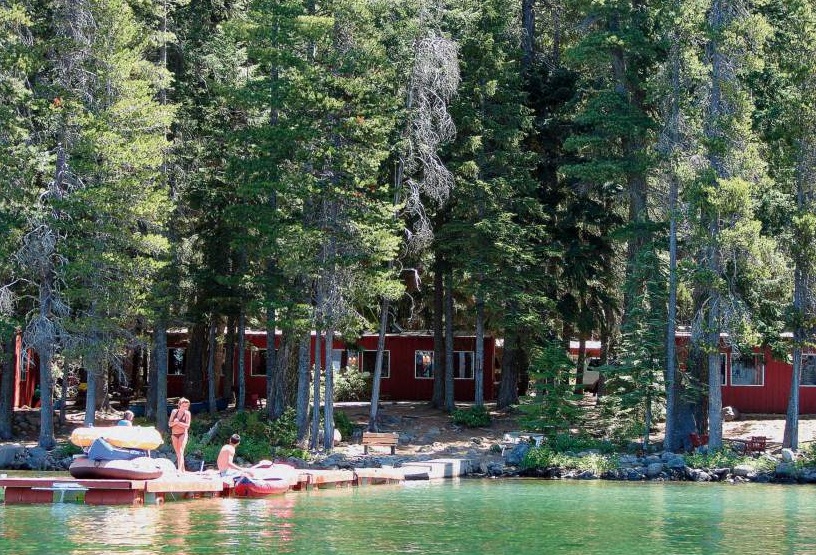Garfield County ranchers are fighting a proposed Bureau of Land Management order that would cut a cattle grazing allotment on federal lands in half. They say it would kill their family businesses.
Ryan Summerlin
It’s ranchers vs. the BLM in a grazing allotment squeeze
Garfield County ranchers are fighting a proposed Bureau of Land Management order that would cut a cattle grazing allotment on federal lands in half. They say it would kill their family businesses.
Jack Farris, a rancher near Parachute, approached the Garfield County commissioners Monday for support against the order, which he said will cut his family’s income by 50 percent, putting them and many others for whom they run cattle out of business.
Farris said he knows of about 10 other ranching families around the Roan Plateau that will face the same fate if this order is successful. The permitees have submitted a protest to the local field office’s proposal.
“If this in fact is put through, we’re out of business,” Farris, a third-generation Garfield County resident, told the commissioners.
The BLM’s proposed order is for the re-issue of six different allotments in the western part of the county. But the big change would be cutting use of the East Fork Common Allotment in half.
The BLM’s proposal focuses on reducing the environmental impact, especially to riparian areas, of cattle grazing.
In the order, Shonna Dooman, acting field manager at BLM’s Colorado River Valley Field Office, called the allotment reduction a “practical decision that balances the various environmental, social and economic issues and concerns.”
“Many of the riparian areas in the East Fork Common Allotment are functioning at risk with no upward trend and not currently meeting land health standards due to current livestock grazing. Current management to mitigate impacts to riparian areas unfortunately has had little success,” she wrote.
“Implementing the proposed changes in grazing management will improve upland and riparian conditions on the East Fork Common Allotment. It will also maintain livestock-based family businesses that support local economic sustainability in rural western Colorado communities.”
Cattle grazing on public lands has serious impacts to wildlife habitats, said Katie Fite, of WildLands Defense, a Boise, Idaho-based conservation group that’s been providing the BLM comments in support of restricted grazing.
Livestock over-grazing worsens the impacts of climate change, reduces food and cover for wildlife, pushes out nesting migratory birds and sage-grouse and deals a big blow to native vegetation communities, she said.
Meanwhile predators are often scapegoats for lower wildlife populations, and wildlife management agencies come up with predator control plans, said Fite.
Headwaters and riparian areas are especially vulnerable to trampling, causing damage to the stream banks and putting excess silt in the water, she said.
There are other effects, such as those from recreation, but grazing impacts are far more severe, since cows and sheep are out there 24/7, she said.
With livestock you have a large number of animals confined to a relatively small area for an unnatural period of time, said Fite.
“We believe BLM needs to take a harder look at grazing impacts on public lands and think about what it will be like in 10 or 20 years if all these pressures remain,” said Fite. “It’s very important what goes on in the arid West and the stresses livestock grazing has on the land.”
To really gauge the stress to the wildlife, you also have to consider all the other impacts, including from energy development, said Fite. “You have a limited amount of land, and all areas in the West are experiencing increased stress from the climate, energy development, extreme weather events — something has to give.”
“If objectives are not achieved after five years, and livestock grazing is determined to be the (causal) factor for not achieving objectives, other grazing management actions will be implemented,” Dooman wrote in the proposal. “If land health standards and objectives are achieved due to improved livestock grazing management, (grazing use) may also be increased.”
Among several legal arguments in protest, the ranchers’ attorney, Korry Lewis, wrote that the BLM exceeded its authority under the Federal Lands Policy and Management Act and that reducing the grazing use was “not supported by property monitoring data.”
“The [grazing reduction] fails to analyze socioeconomic impacts and contradicts the express objective of the BLM to sustain the western livestock industry,” he wrote.
Garfield County commissioners unanimously agreed to send a letter to the BLM opposing the order and requesting more scientific review.
The Colorado Independent CattleGrowers Association, too, wrote in a protest to the BLM proposal.
“A [50-percent] cut of any individual’s paycheck will not only destroy the economic viability of those ranching families but will also drastically effect their communities and surrounding businesses,” wrote Lorene Bonds, president of CICA.
“The BLM must consider the fact that farmers and ranchers are the longest standing group of citizens concerned about the health and productivity of the land. The term ‘health’ can be defined in many ways, but healthy habitats can and have been achieved for centuries with livestock grazing as a central management objective,” she wrote.
Bonds said that “historical and scientific data [show] that rangeland ecosystems that include livestock grazing have been proven to be healthy and sustainable.”
CICA added that if the BLM decision is approved, the BLM should give permittees two years’ notice and pay reasonable compensation.
Commissioners Tom Jankovsky and Mike Samson wanted to take the county’s involvement to the next level, and the board directed the county attorney to explore legal options.
The commissioners passionately opposed the BLM’s proposal. Jankovsky called it an attack on grazing on public lands in the county.
“I’m outraged by the idea of putting cattlemen out of business in Garfield County,” he said.
Commissioner John Martin focused on the economic and social impact he saw in the BLM’s move. “It changes a lifestyle that we’re trying to hang onto, that we have promoted, an agricultural heritage that is impacted drastically.”
Jankovsky reiterated the board’s strong support of BLM’s mandate to manage federal public lands for multiple uses.
“I don’t believe our current BLM people are following through with multiple use,” said Farris, who added that he strongly supports the concept.
“I’m amazed sometimes at the ignorance of people … who want to tell us in the West, who have no background, who have no knowledge, who have no frame of reference … how we should do things in the West,” said Samson.
“I’m hoping with the new administration in Washington, we have a favorable ear listening to us and will understand and put people in key positions … that understand our situations,” he said.



